In Photos: Lost Salamanders Discovered
Long-Lost Salamander
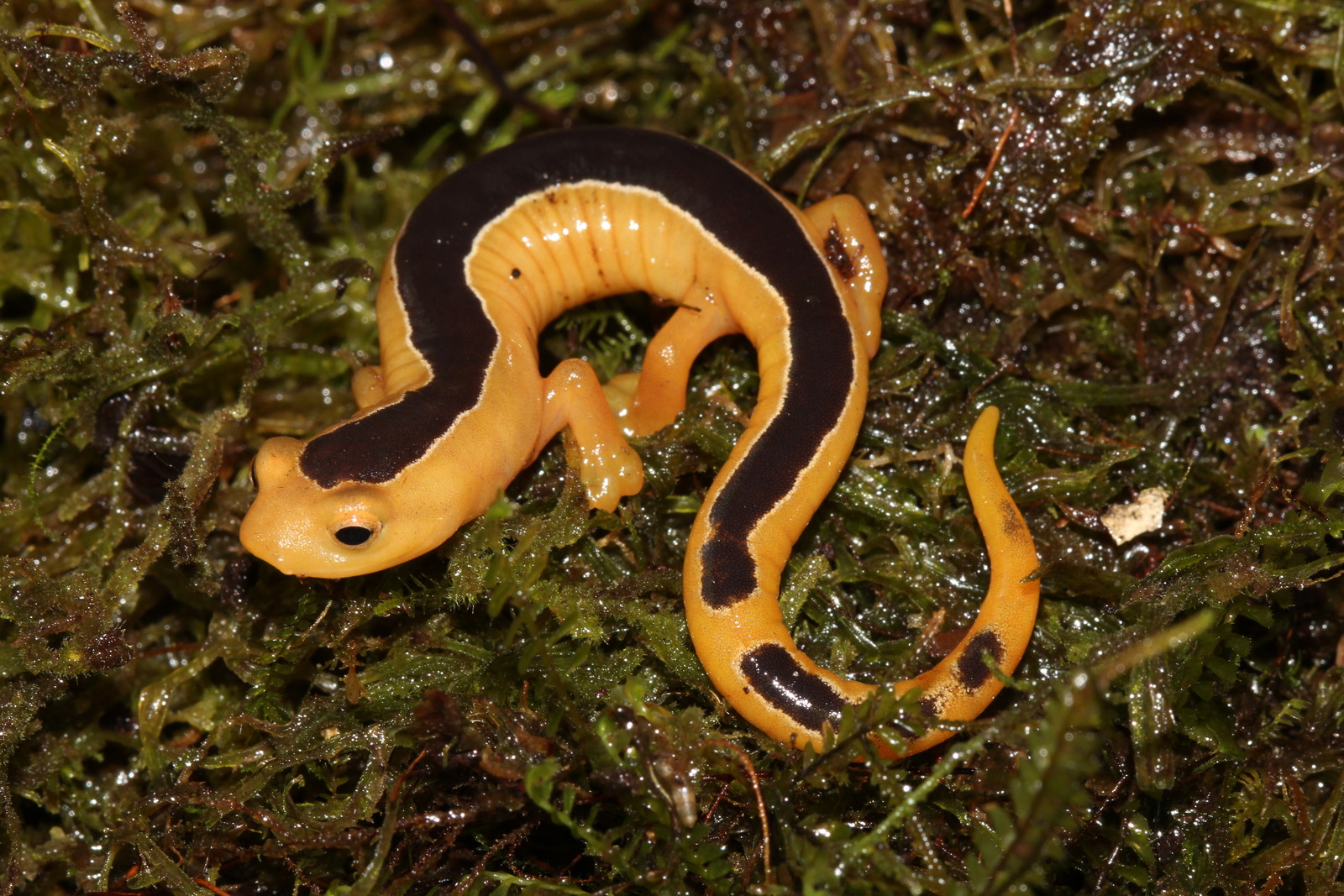
It's been 42 years since it was last sighted, but the Jackson's Climbing Salamander (Bolitoglossa jacksoni) is alive and well. This brilliant yellow salamander was discovered in Guatemala in 1975 and hadn't been seen since. But in October 2017, Ramos León, a guard at the Finca San Isidro Amphibian Reserve in the country's Cuchumatanes Mountains, found a juvenile of the species near the edge of the protected area. He snapped a photo and sent it to herpetologist Carlos Vasquez of USAC University of Guatemala, who confirmed that the Jackson's Climbing Salamander was back. [Read more about the lost salamander]
Golden Wonder
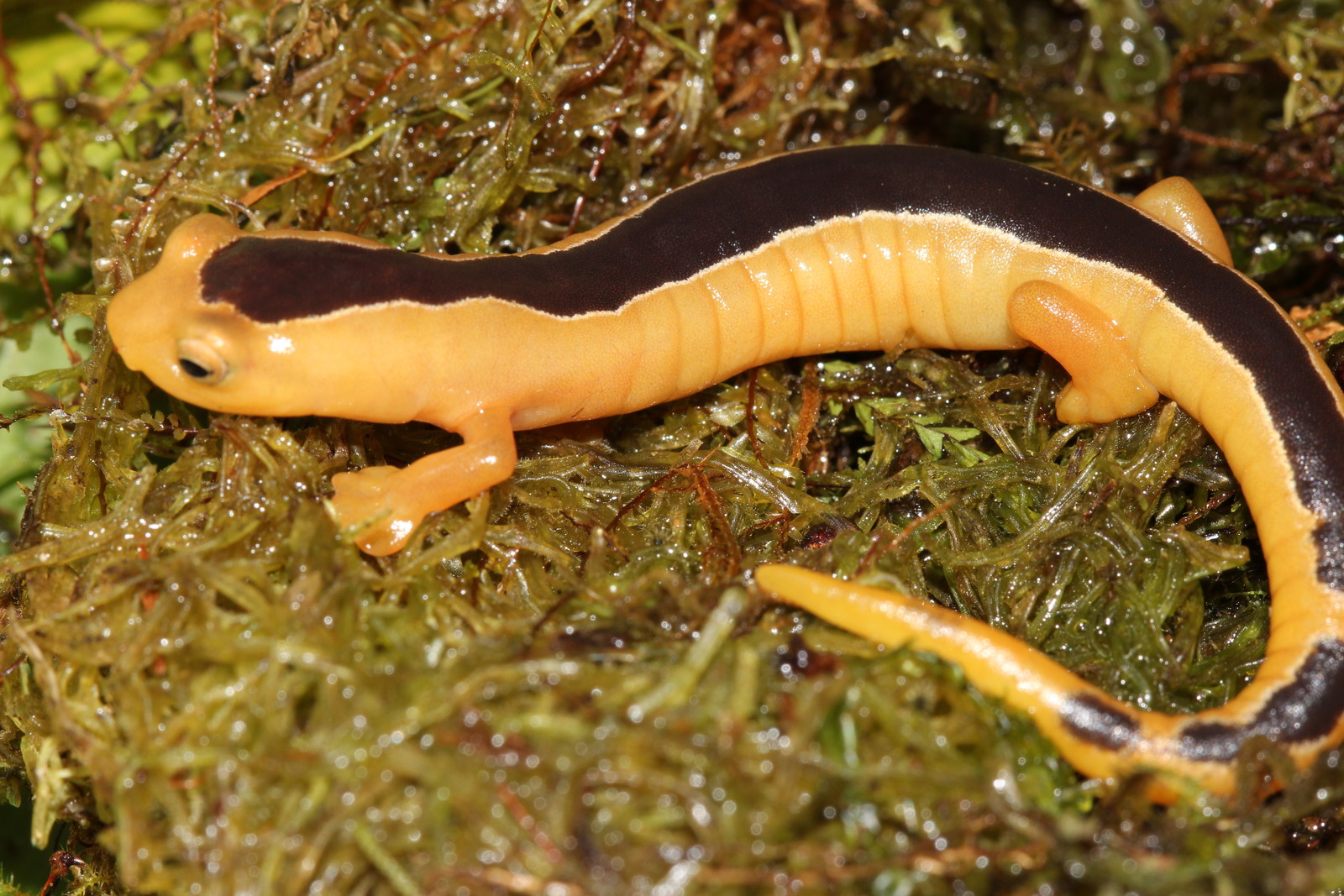
The Jackson's Climbing Salamander is sometimes called the "golden wonder" for its brilliant coloration. Jeremy Jackson and Paul Elias discovered the species in 1975 during an expedition to the Cuchumantanes Mountains in Guatemala. It was put on the Top 25 list of "most wanted" species by the nonprofit Global Wildlife Conservation, which launched a Finding Lost Species earlier this year to search for species that haven't been seen for a long time but may not yet be extinct.
Face of Rediscovery
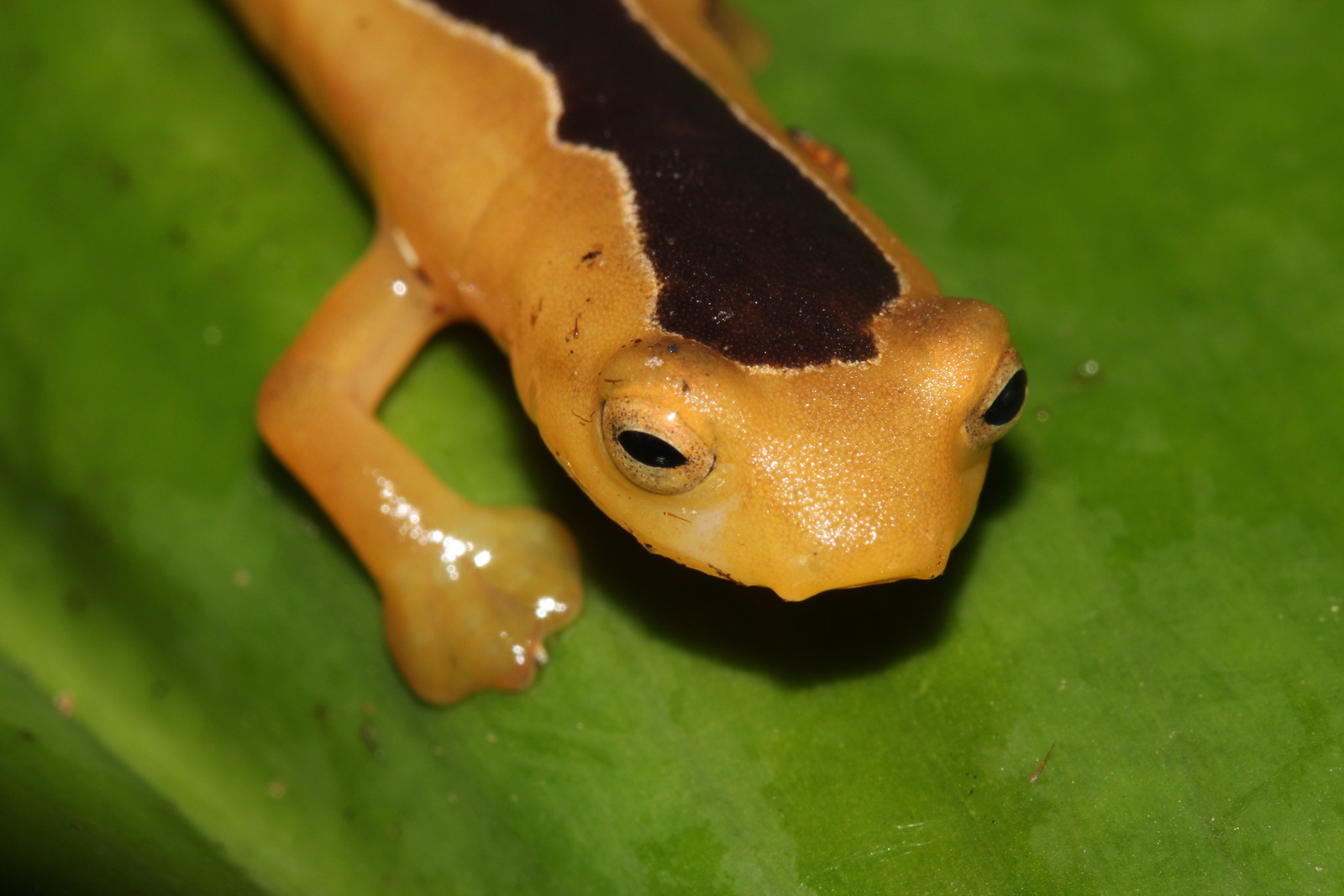
A close-up of the face of the Jackson's Climbing Salamander. The long-ago discoverer of the amphibian was thrilled to learn it had been seen again.
"The night I got the news from Carlos that Bolitoglossa Jacksoni had been rediscovered, I flew off the couch where I’d been falling asleep, let loose a string of expletives (in a good way), and did a little happy dance," Jeremy Jackson said in a statement.
Salamander on the Edge
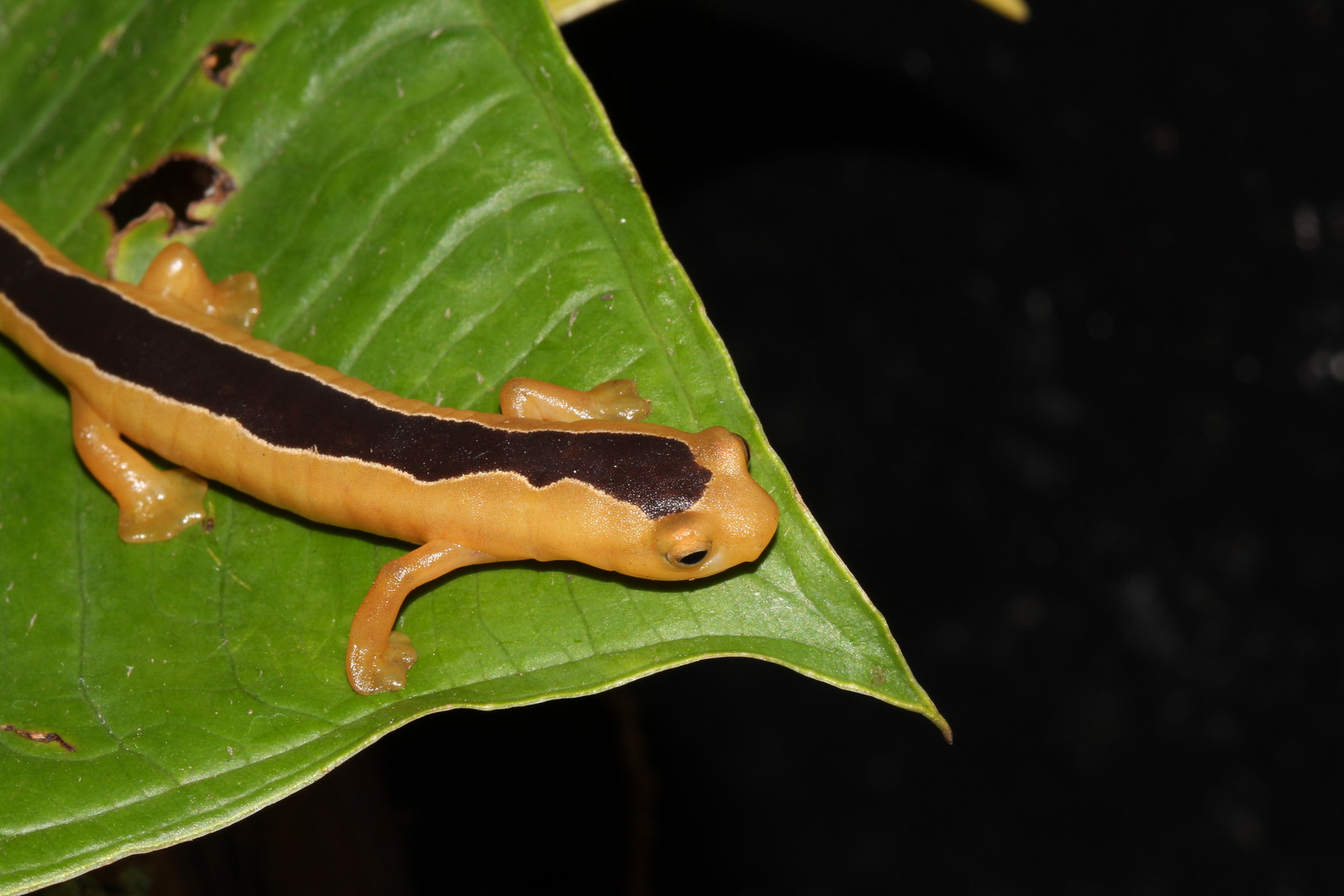
Herpetologist Carlos Vasquez Alamazan has been searching for the salamander since 2005, spending more than 3,000 hours in the field hunting for specimens. He trained the guards at the Finca San Isidro Amphibian Reserve to search as well, instructing them to search in bark and leaf litter and leaving them posters showing the salamander's bright coloration. Global Wildlife Conservation planned a January 2018 expedition to Guatemala to search for the salamander, but guard Ramos León found one in October.
Elusive beast
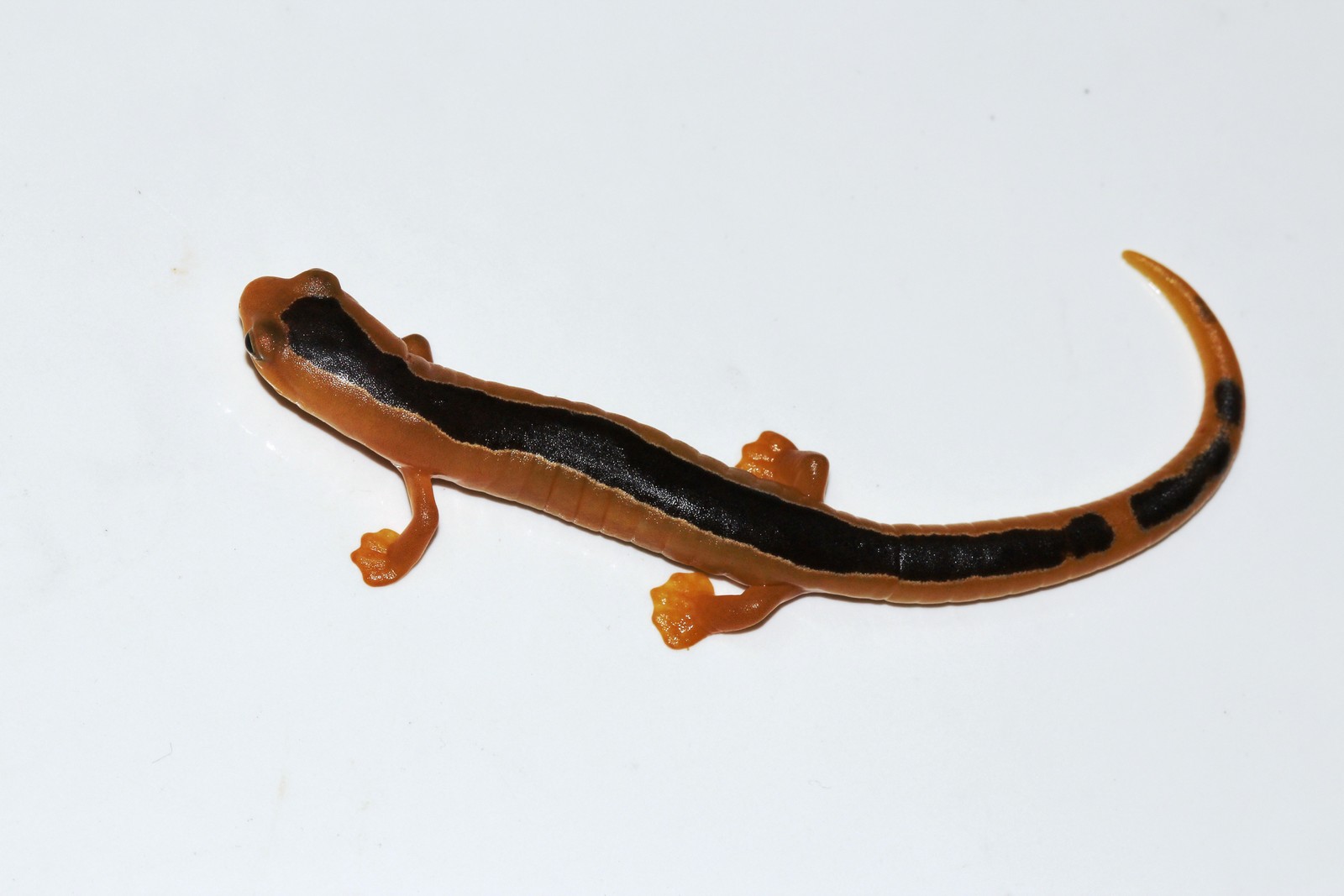
The Jackson's Climbing Salamander is the first of the 25 species on Global Wildlife Conservation's list to be rediscovered. Other "lost" species include the Syr-darya shovelnose sturgeon (Pseudoscaphirhynchus fedtschenkoi), not seen since the 1960s, the Wondiwoi tree kangaroo (Dendrolagus mayri), missing from Indonesia since 1928, and the Fernandina Galapagos tortoise, discovered in 1906 and not seen since.
Lost species
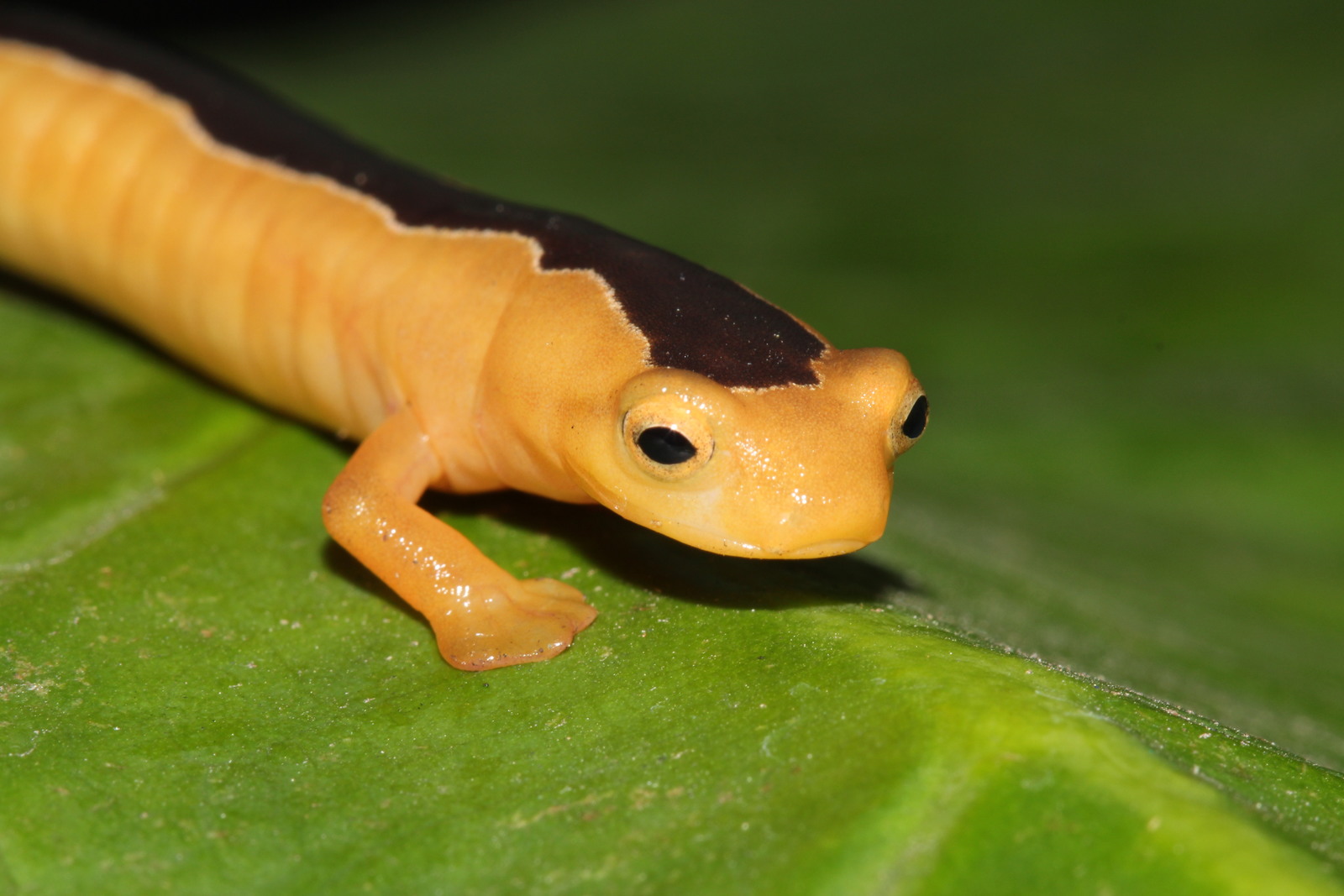
Global Wildlife Conservation's members are shocked but thrilled about the rapid discovery of one of their "top 25," a nonprofit spokeswoman said. "I love this story because it conveys how protecting habitat gives species a fighting chance to survive on this planet,” Don Church, the president of the Austin, Texas-based Global Wildlife Conservation said in a statement. “This rediscovery can only be a good omen for the future of the Search for Lost Species campaign. It’s a sign that if we get out there and work at it, many of these species can be found and saved.”
Most Wanted Poster
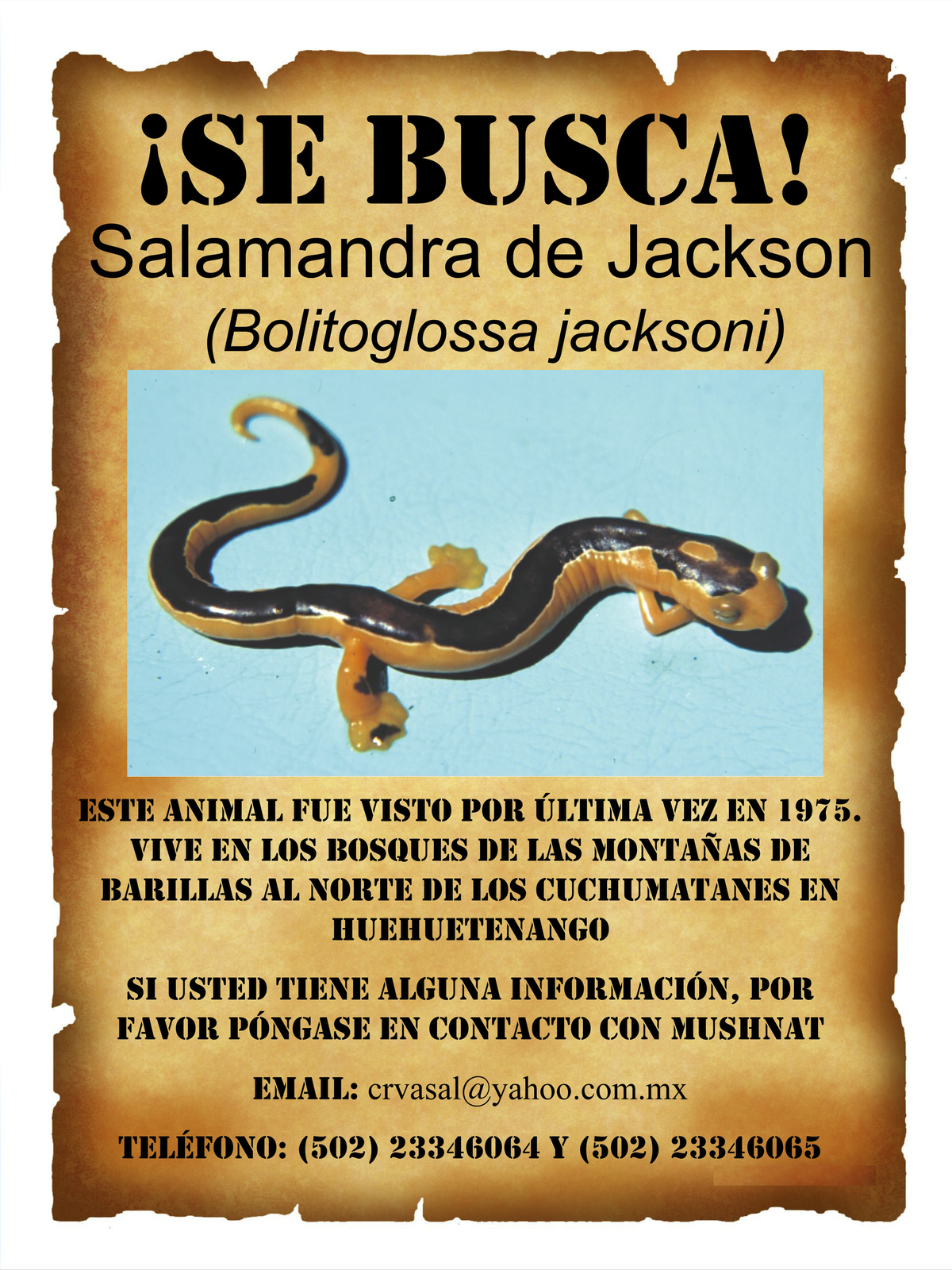
A "wanted" poster alerting guards at the Finca San Isidro Amphibian Reserve in Guatemala as to what to look for in the hunt for Bolitoglossa jacksoni. Herpetologist Carlos Vasquez led a workshop on the search for the amphibian at the reserve, which paid off when a guard photographed a juvenile specimen in October. [Read more about the lost salamander]
Sign up for the Live Science daily newsletter now
Get the world’s most fascinating discoveries delivered straight to your inbox.

Stephanie Pappas is a contributing writer for Live Science, covering topics ranging from geoscience to archaeology to the human brain and behavior. She was previously a senior writer for Live Science but is now a freelancer based in Denver, Colorado, and regularly contributes to Scientific American and The Monitor, the monthly magazine of the American Psychological Association. Stephanie received a bachelor's degree in psychology from the University of South Carolina and a graduate certificate in science communication from the University of California, Santa Cruz.









